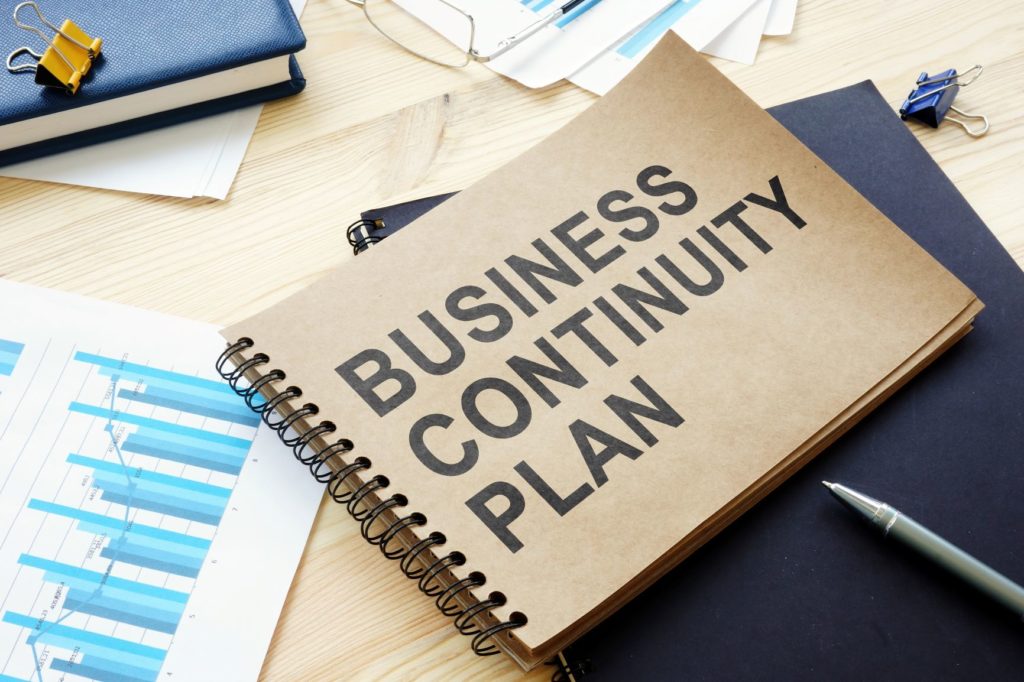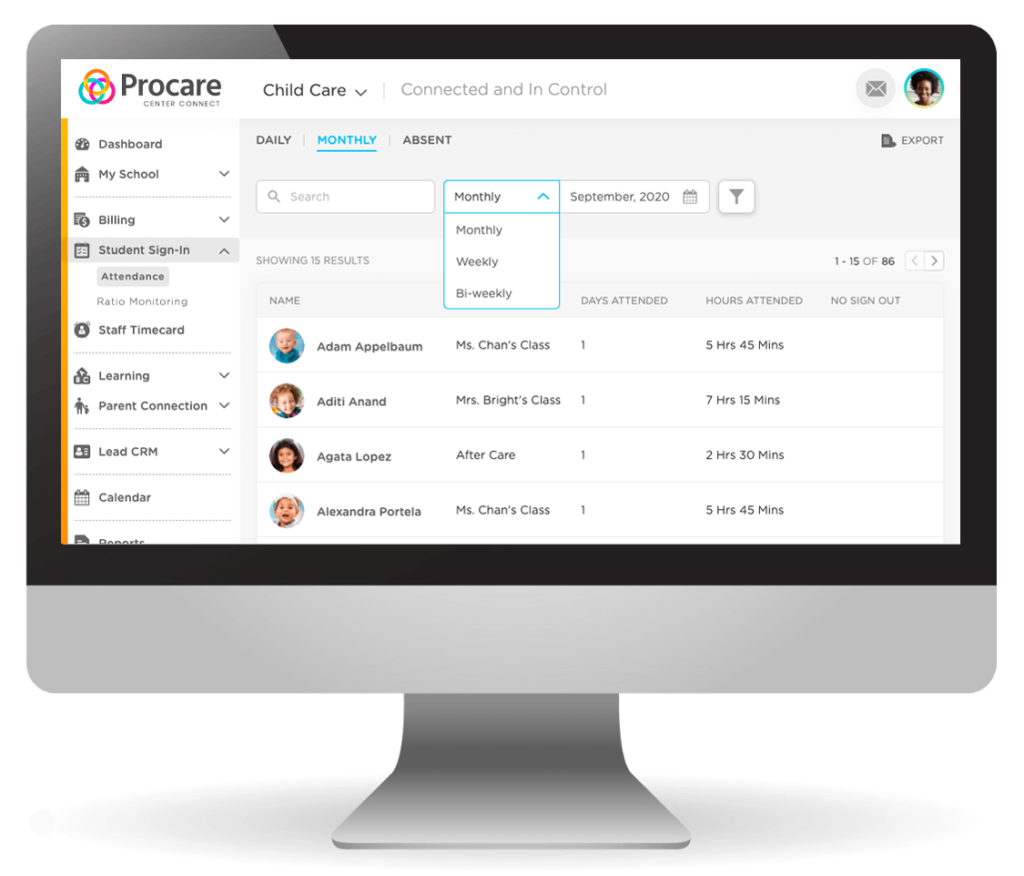
2020 has shown us in the child care industry and beyond that you can never be too prepared for an emergency or crisis. With COVID-19 forcing child care providers to reimagine the way they operate their businesses, it has also shined a bright light on the importance of having a business continuity plan.
What is a business continuity plan?
To build a plan, you have to first understand what business continuity is. Business continuity refers to the ability of a business to stay operational or quickly resume operations when disaster strikes. We’ve already talked about a pandemic, but other examples of business disruptors include natural disasters, power outages, fires and floods, and cyberattacks.
A business continuity plan (also called a continuity of operations plan or COOP) outlines clear procedures company leadership and employees should follow when faced with a crisis to mitigate loss of service, clientele and ultimately, revenue. Here are six key considerations child care businesses should address when building their business continuity plans.
Make a list of all possible disasters or crises and assess their impact

Starting a business continuity plan can seem overwhelming. That’s why it’s recommended to first brainstorm all the different ways you could encounter a business disruption. In addition to the business disruptors listed above, think about nearby buildings or structures that could be sources of hazardous materials, such as overhead power lines, or nearby manufacturing facilities. Or perhaps the location of your facility relative to busy streets.
Once you’ve created that list, think about the specific issues you may encounter in each scenario and the potential costs to your business. This is also an opportunity for you to plan out ways to mitigate the impact of the scenarios by implementing various procedures. For example, you could start building relationships with local schools and businesses. If there’s a situation that damages your facility enough to require relocation, you could leverage those relationships to secure a back-up facility.
Procare is here to help.
We know the business of child care. For more than 30 years we’ve been guiding child care professionals just like you to help stay connected and in control.
Make sure you know your business inside and out

Having a clear picture of your financial and business operations is critical to business continuity. That means you know how much money you have coming in and out at a given time, you’re well aware of your center’s expenses, you know which staff will be in and on what day and you know exactly which children are in the building. When you are well-informed about the ins and outs of your child care business, you can make quick, but sound decisions when you encounter an emergency.
This might seem like a lot of information to keep track of, and it is. The good thing is, there’s child care management software that can keep all of this information in one place. From financial records like account balances, revenue and income reports, and budgets, to attendance tracking and staff management – all of this data can be accessed with a few clicks of a button if you have the right software in place.
Ensure you have all the emergency contact information you need
The last thing you want to be doing during an emergency is scrambling to find phone numbers. We all know 911 for life-threatening emergencies, but what about phone numbers for other situations? For example, here are some scenarios to consider, and the relevant contact info you’d want to have on-hand:
- An emergency plumber in case a pipe breaks and water is flooding your facility.
- An electrician if you smell burning wires or hear buzzing from an electrical panel.
- Animal control if you spot a rabid animal on your property.
- The local health department if you have a virus outbreak.
- An information technology (IT) expert should your business be exposed to malware, ransomware or some other cyber-attack.
Make sure this contact information is programmed into every phone and posted in a place that staff know to look.
For the kids in your center, make sure you have all emergency contact info collected either digitally or by using a standard child care emergency contact form.
Another thing to consider is having an alternate mode of communication should your main phone lines shut down. Make sure you have multiple ways to quickly and easily communicate with parents and families. For example, you can send a mass communication through a parent engagement app to let them know about the situation and provide instructions on how/where to pick up their child.
Establish a chain of command

Do you have a chain of command to address crises and emergencies? Various individuals should know their roles before, during and after a crisis. For example, the site director or other senior-most person on staff is in charge of all emergency protocols until the arrival of emergency service personnel. That could mean serving as the primary contact for law enforcement, coordinating an evacuation or sending communications to families. Meanwhile, child care staff know their primary job is keeping the children and other staff safe during the emergency.
Have a clear communications plan

Before an incident, make sure everyone on staff is not only aware of the plan, but has practiced different scenarios so they have the confidence to successfully address a crisis when it occurs. The better you’ve communicated your plan and trained relevant staff in its execution, the more effective it will be.
During a crisis, it’s important to keep in constant communication with staff and families. By keeping in close contact with staff members, you can ensure they’re not only following the procedures outlined in your business continuity plan, but also, you can provide reassurance that you’re doing everything you can to mitigate the situation. Families want transparency during emergency situations, so make it a priority to provide regular updates as the situation warrants. Maintain open lines of communication – if you “go dark,” you’ll end up creating worry and panic, which only exacerbates the situation.
Make sure your data is backed up
We’ve all had the panicked moment where a file we were working on doesn’t save correctly or we accidentally delete it. Or perhaps we got the “blue screen of death” and our computer stopped working completely. This is why backing up your data is critical for business continuity.
How to do it? You can use multiple avenues. Perhaps the most popular is cloud storage, which ensures that if your location is compromised by a fire, flood or other disaster, all your data is still accessible. If you are part of a local area network, you can store your data on another computer on the server (just make sure it’s not one at the same location, for the reason stated in the previous sentence). You can also use external hard drives, but again, store them in a different location in the event something occurs on-site.
Helpful resources
Business continuity plans can be quite complex depending on the size and scope of your child care business. Here are some additional resources to help you get started, including templates and checklists:



